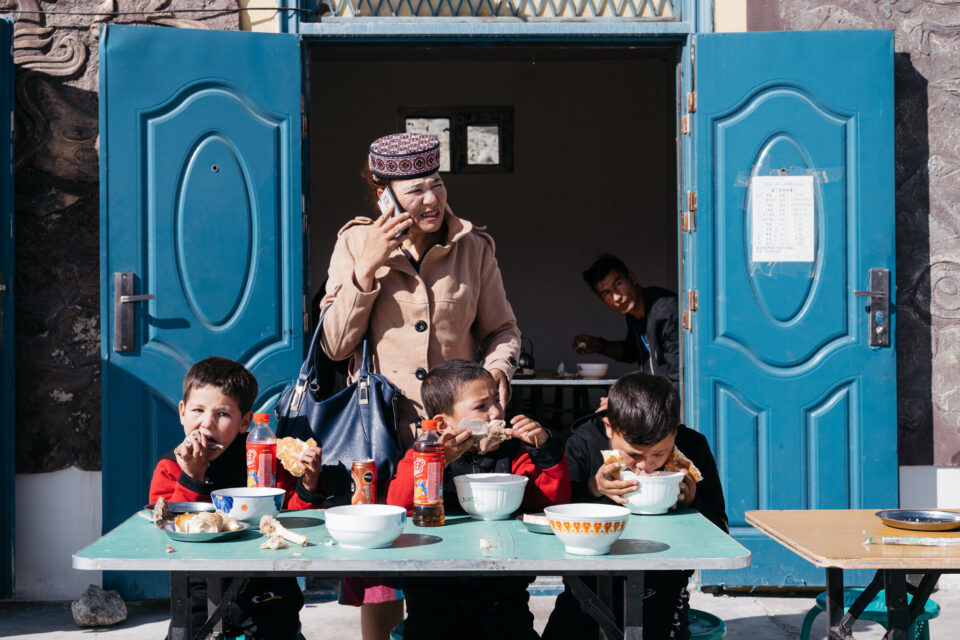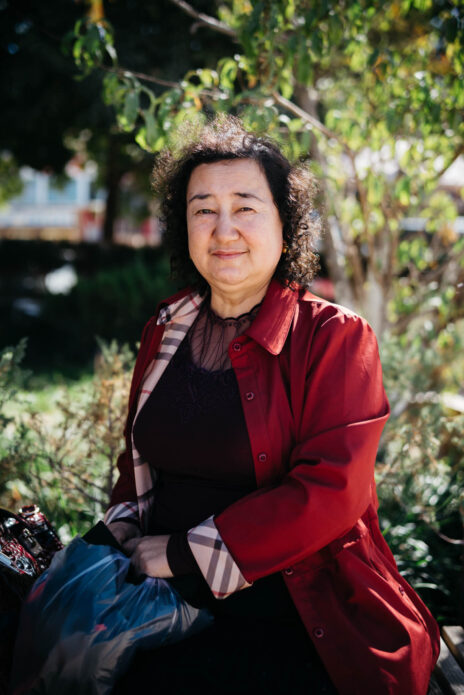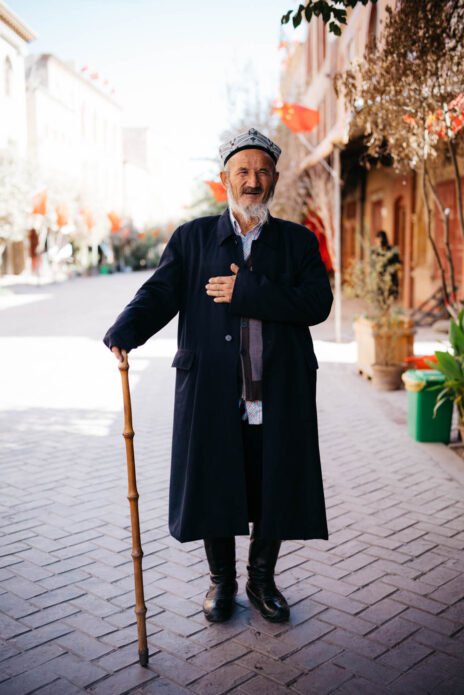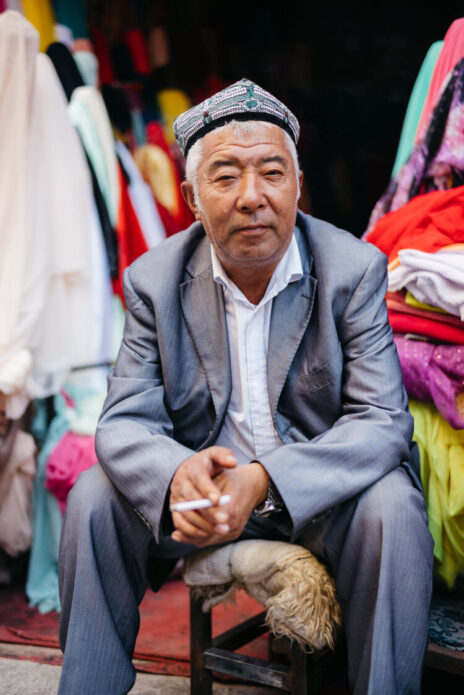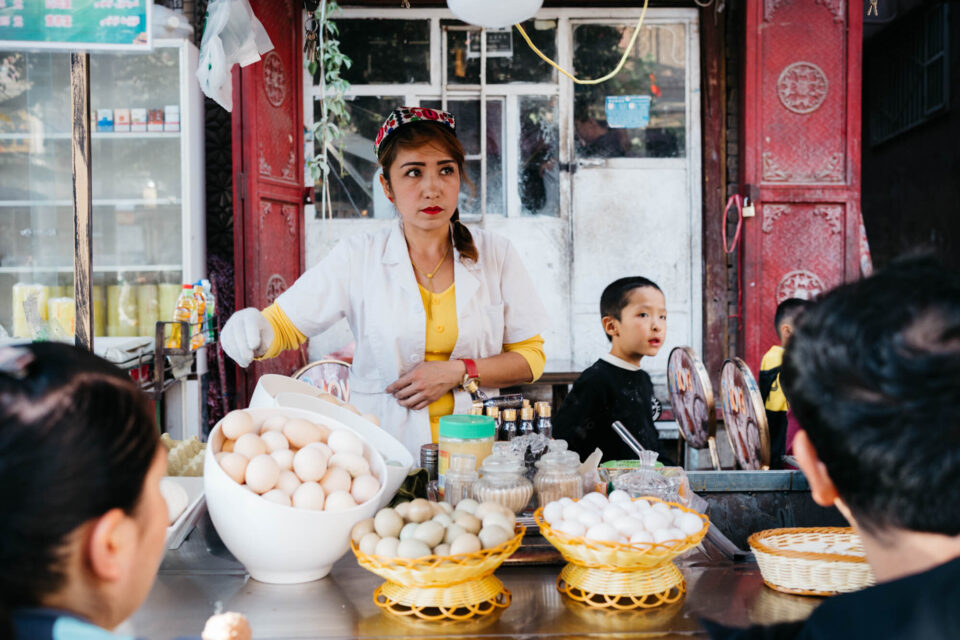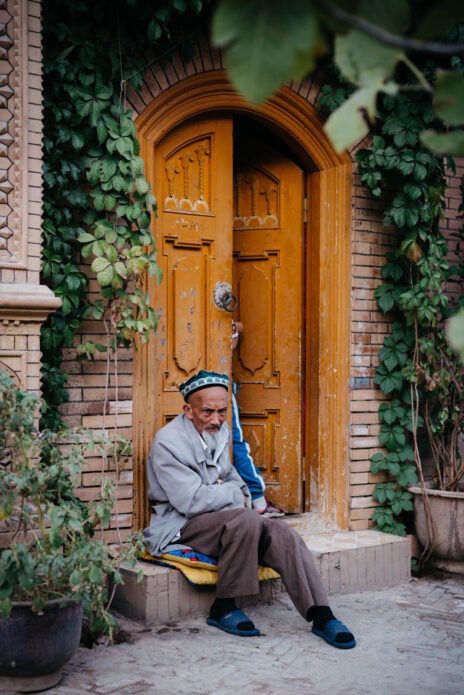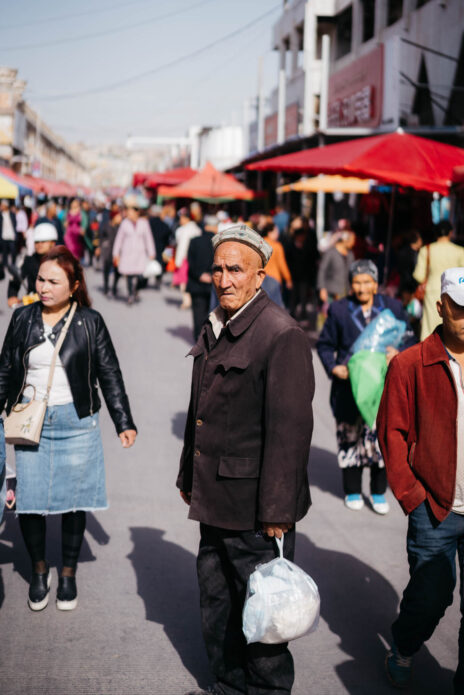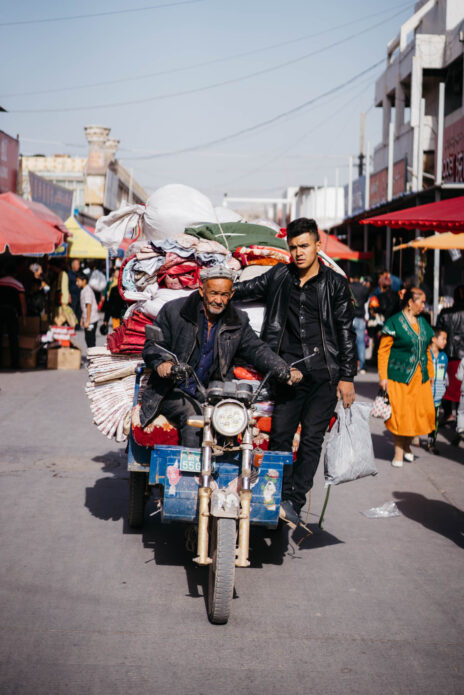
I arrived in Kashgar after a six hour minibus ride from an even more remote town in Xinjiang called Tashkurgan; the first town one encounters after crossing the border from northern Pakistan through the Khunjerab pass – the highest paved border crossing in the world.
Few places conjure up the myths and legends of the Silk Road quite like Kashgar. Located on the western edge of Xinjiang province, it is one of the iconic towns of Silk Road lore. The town was the gateway for Chinese traders heading for the markets of Central Asia and an essential stop-over for those travelling in the opposite direction. The legacy of this mercantile exchange is a strikingly diverse population. There are over 31 nationalities residing in the Kashgar area, including Uyghur, Hui, Tajik, Khalkhas, Uzbek, Kazak, Russ, Mongol, Manchu, Han and Tatar. The majority are Muslim.
Having dreamt for years about visiting Kashgar, it was a wonderful moment to finally reach it. The three days I spend there were amongst the most enjoyable I have spent anywhere. Much of the city is very walkable and the people were extremely welcoming. I took more portraits here than anywhere else I visited on my journey across Eurasia.
Whilst much of Kashgar’s old town has sadly been destroyed in recent years to make way for a new ‘old town’, the streets are still bustle. Traders, cooks, musicians, and a variety of artisans can be found all about the centre of town and at its famous bazaar.
I wish I could have seen the old city myself. I hope in some small way these photos capture some of the spirit of that place.




